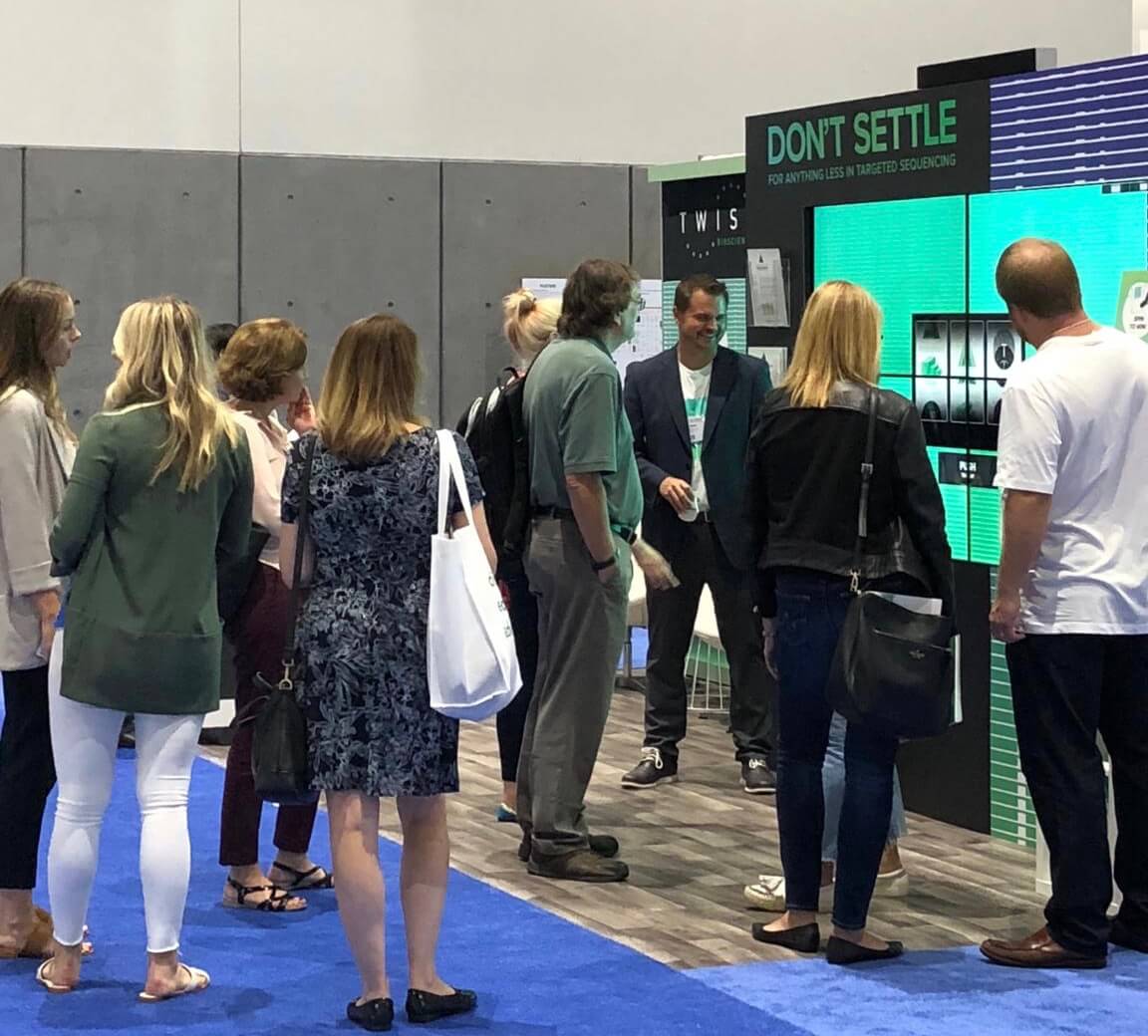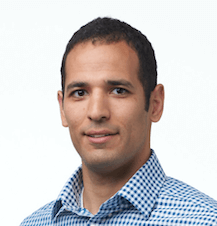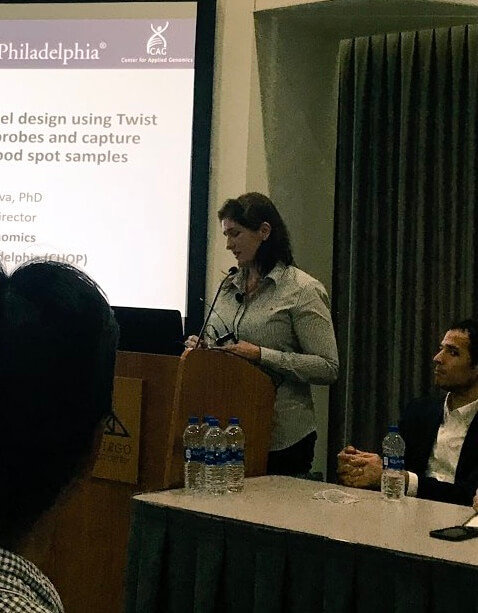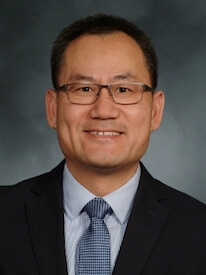Tracking NGS Target Enrichment Solutions at ASHG

Following its mission to advance human genetics in science, health, and society, the American Society of Human Genetics (ASHG) recently hosted more than 8,000 members at its annual conference in San Diego.
ASHG members from Universities, hospitals, institutes, and laboratories attended hundreds of presentations and exhibits that shared the research findings and applications of human genetics in the evaluation, diagnosis and treatment of health conditions.
Twist Bioscience was there in full force, hosting a workshop entitled, “Why Design Tomorrow’s Experiments with Yesterday’s Tools?” during which several speakers discussed some of the latest advances in NGS target enrichment.

Speaker: Ramsey Zeitoun, PhD, R&D Director, NGS at Twist. Presentation: “Maximizing the Performance of Custom Target Enrichment with Highly-Controllable Probe Synthesis”
Ramsey Zeitoun, PhD, Twist’s R&D NGS director, explained how the company is working with customers in clinical and medical laboratories to enhance research by providing custom panels enabling increased sample throughput and higher depth of coverage in sequencing.
Twist’s custom panels, Zeitoun said, can be used for various objectives and come in a variety of sizes, from 16 kb mitochondrial DNA to 33 mb exomes to larger, pan viral panels of 600,000 probes. At Twist, “We take a uniform approach to design and reproduce panels in a realistic and reproducible, systematic process,” Zeitoun said. “We’ve been taking a design, build, test and learn approach to producing probes. Our goal is to have uniform, efficient capture to cover all of our targets with as little sequencing as possible.”
Zeitoun cited a study by a third party that measured the capture efficiency of Twist and other providers. “At 30x (sequencing) for different panels with 150x sequencing depth, what we see is that all the other panels can’t get above 90 percent coverage, whereas our panels had 95 percent coverage at 30x.”
“The idea here is you can have a core exome and expand it with different custom panels,” Zeitoun explained. “We can make them really quickly and really easily and compatible with our exome. The approach we’ve taken toward understanding the target enrichment system should be extendable to many different applications and needs, whether they exist now or in the future.”

Speaker: Renata Pellegrino, PhD, Technical Director at The Children's Hospital of Philadelphia. Presentation: High-Efficiency Neurological Panel Design using Twist Bioscience Double-Stranded Custom Targeted Enrichment Probes and Capture Optimization for Aged Dry Blood Spot Samples
Renata Pellegrino, PhD, technical director of the Center for Applied Genomics at the Children's Hospital of Philadelphia, summarized her laboratory’s effort to discover epilepsy mutations in genes of children from remote areas on South America who otherwise would have no diagnosis and little medical treatment.
The center, which is world-renowned for its work detecting the genetic causes of some of the most prevalent childhood diseases, used Twist’s custom panels to target and sequence poor quality, dry blood samples for analysis and antibody development.
“The most important highlight was that 81 percent of the gene was covered properly so our opportunity to capture the variant was amazing,” she explained. “Our target for clinical work on 20x was 97 percent, but we covered at 100 percent. So all your bases were covered at 20x,” she said. “That’s the main criteria for clinical people. And importantly, the probes were all uniform. Everything was covered properly.”
“We saw [a] high performance of challenging samples, and we did this not only in regular dry blood spots but in very compromised dry blood spots,” Pellegrino added. “As a lab director, this gives me hope that I can now take samples from different countries and different situations and we can handle not only the DNA extraction but have the possibility of extending this to other types of panels. These panels gave us incredible coverage, high on-target, capture, and uniformity.”
The center’s researchers have thus far found epilepsy causing mutations from several samples as well as a neurological condition called ataxia, a degenerative disease of the nervous system. “We’re talking about helping children from remote villages in, for example, the mountains in Chile,” she said. “Through this work we can help patients who are otherwise totally missed.”

Speaker: Bob Daber, PhD, President and CTO at Genosity. Presentation: From Panels to Exome — Assessing The Technical Performance of dsDNA Capture Probes for NGS Variant Detection
Bob Daber, PhD, president and CTO at Genosity, an Iselin, NJ-based biotechnology company providing tools and services for clinical research applications of genomics, said that the company examined panels from Twist and other providers.
“[With Twist,] we are able to check just about every box from the performance perspective,” Daber said. “We had great, consistent coverage. We showed that over many samples that we ran.
“We did test out fresh FFPE [formalin-fixed paraffin-embedded], oral rinse, and blood samples through this matrix,” Daber added. “We saw no difference in performance, outside of FFPE needing to be qualified a little differently in terms of its input, nucleic acid amounts. And it’s cost-effective from the sequencing side.”

Speaker: Wei Song, MD, PhD, Director, Clinical Genomic Laboratory at Weill Cornell Medicine/NYP Hospital. Presentation: Comparisons of Three Targeted RNA Sequencing Methods with Formalin-Fixed Paraffin-Embedded (FFPE) Samples
Wei Song, MD, PhD, director, Clinical Genomic Laboratory at Weill Cornell Medicine/NYP Hospital, said their laboratory uses advanced gene-sequencing technologies to identify the genetic alterations that give rise to and drive each patient’s illness in order to enable clinicians to efficiently match new, targeted therapies to patients.
“We have comprehensive panel and we have whole exome panel, so we are pretty much taking care of the DNA part,” he said. “The next interest is in looking at the RNA part, so the first step was comparing three platforms (from providers) for the RNA part.”
“Taken together, we can see this [Twist] platform has the highest read - 95 percent compared to other platforms,” Song said. “The Twist platform has the highest performance.”
As Twist continues its work in NGS target enrichment, there will be more opportunities to share the latest in research. Our team would be happy to answer any questions you may have. For questions, please contact us.
Check out Twist on Twitter, Linkedin and Facebook.
What did you think?
Like
Dislike
Love
Surprised
Interesting